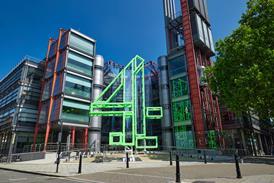What is the issue with encoding Super 16 film for HDTV?
Transmission codecs used for HDTV broadcasting can struggle with the randomly distributed grain on film negatives and this problem is compounded with Super 16 because the image area is comparatively small. In short, encoding grainy film material can result in soft images, which runs counter to the concept of HDTV.
What effect will the BBC move away from Super 16 have?
TV producers would love to consider 35mm film rather than just HD as an alternative to Super 16, but even 3-perf 35mm is prohibitively expensive for anything other than top-end productions. The alternatives are 2-perf 35mm and single-chip digital cameras.
How can you shoot drama digitally but make it look like 35mm?
Using 35mm film lenses is part of it, but more important is using a digital camera that has a sensor the same size and shape as a 35mm film frame. This allows cinematographers to create images with shallow depth of field and a truly cinematic feel. The Arriflex D-21, for example, has a sensor specifically designed to generate film-like pictures.
Why has there been growth in the 2-perf 35mm format?
Its resurgence has been driven by the feature film market due to the advance of DI technologies, but TV producers are realising they too can benefit from the low cost and high quality of the format. When cropped to 16:9, a 2-perf image is still more than 80% larger than the Super 16 frame. It addresses the concerns of HDTV broadcasters and offers a 35mm look at a fraction of the normal cost.


























No comments yet